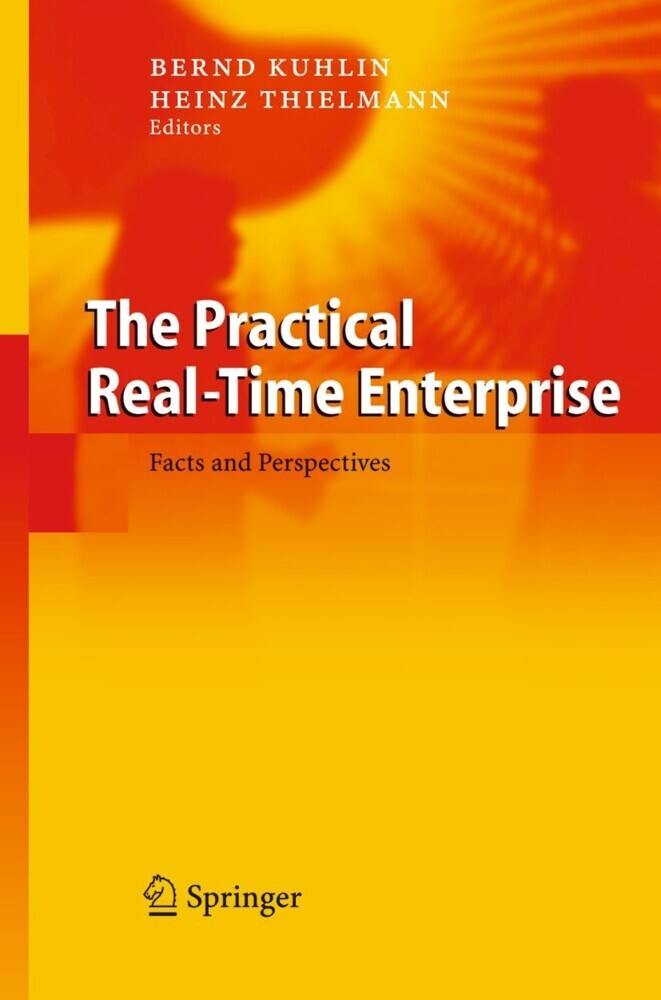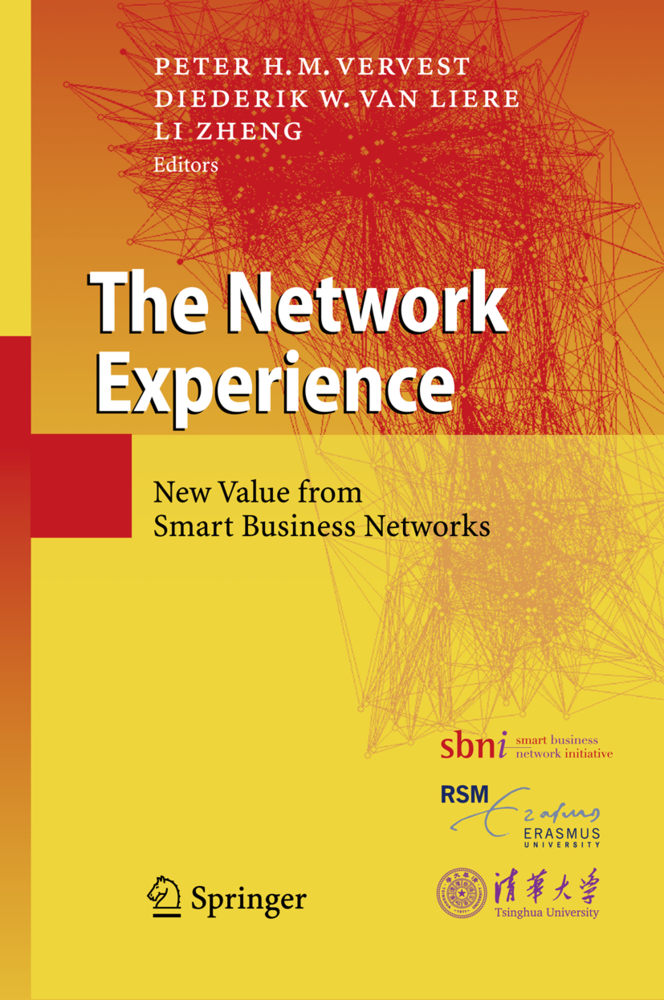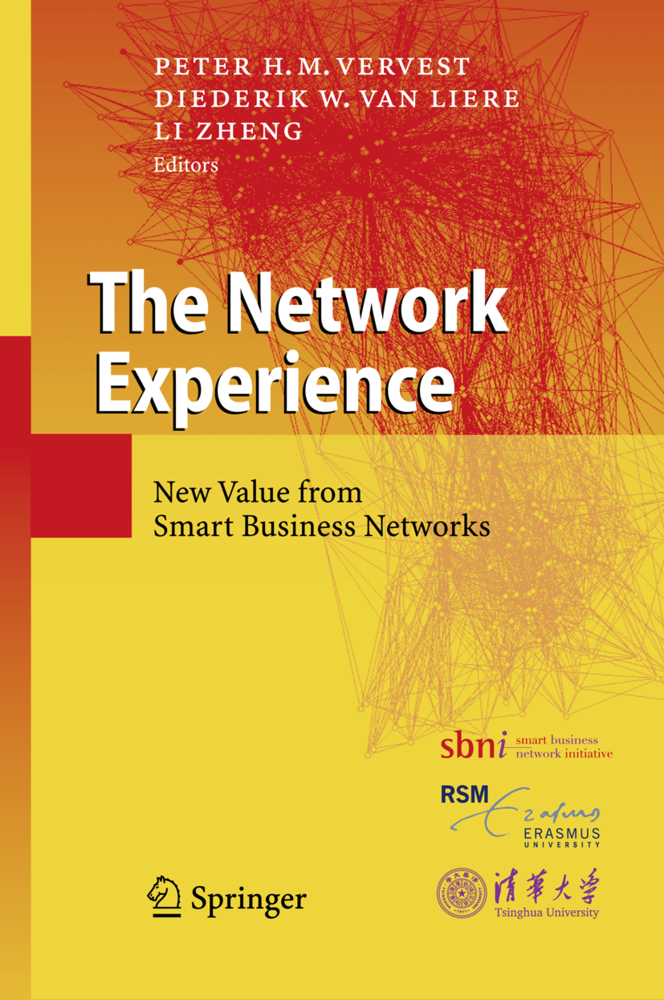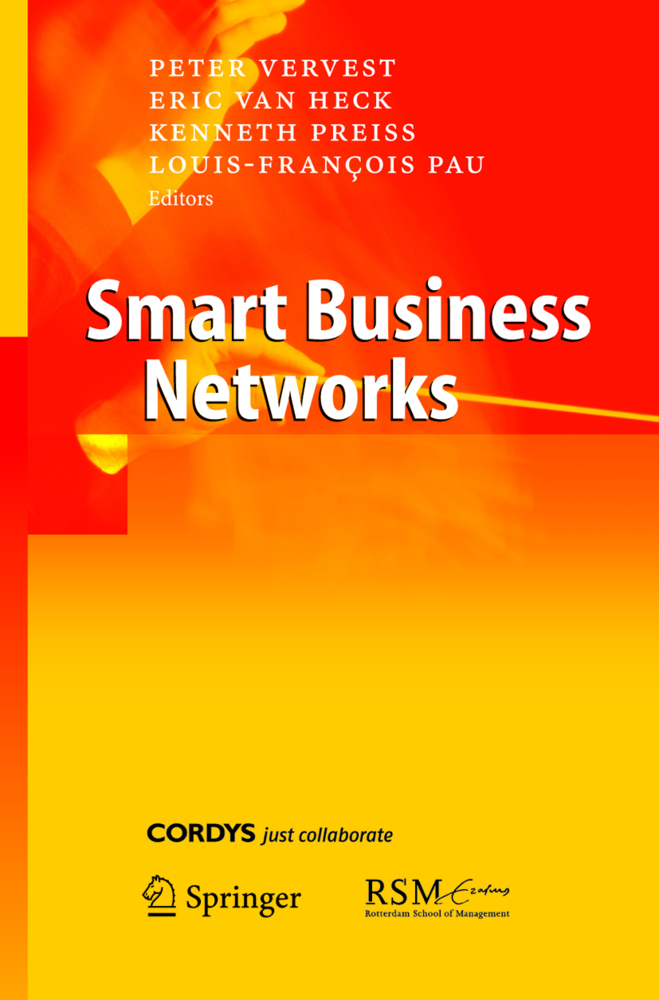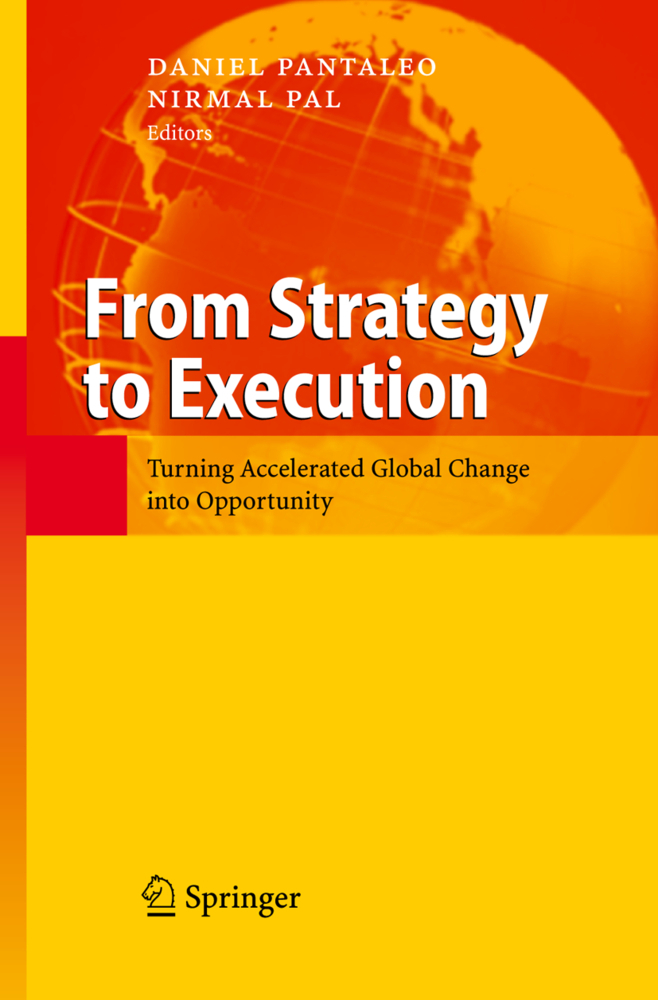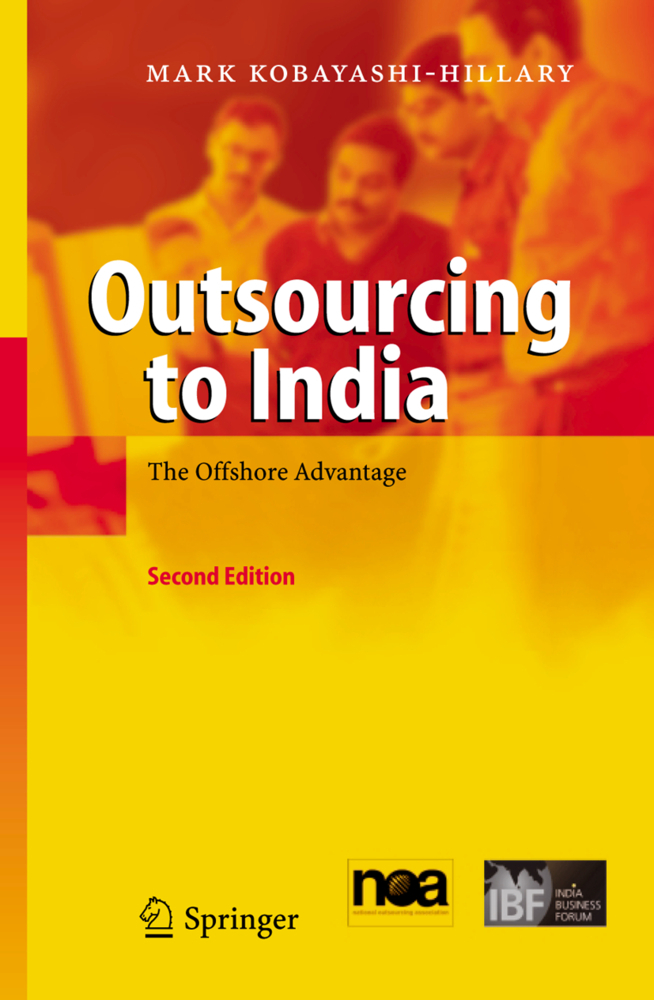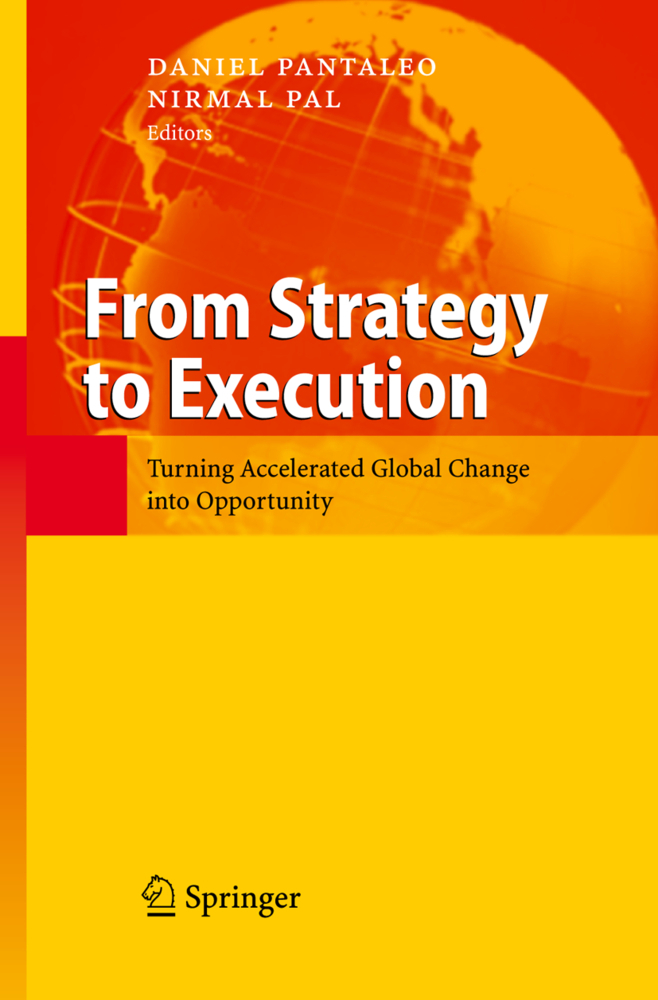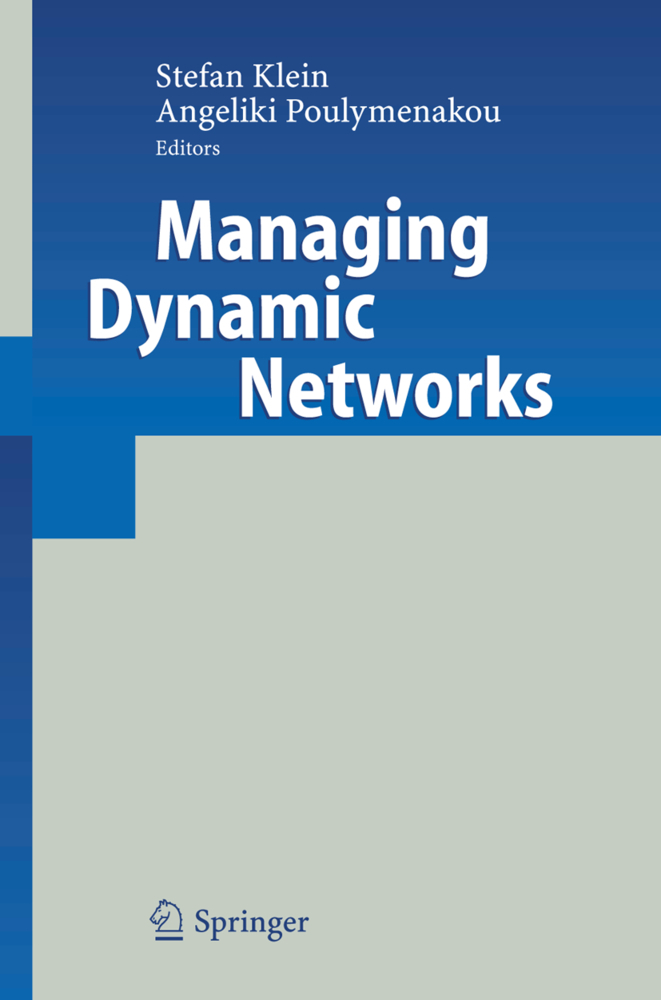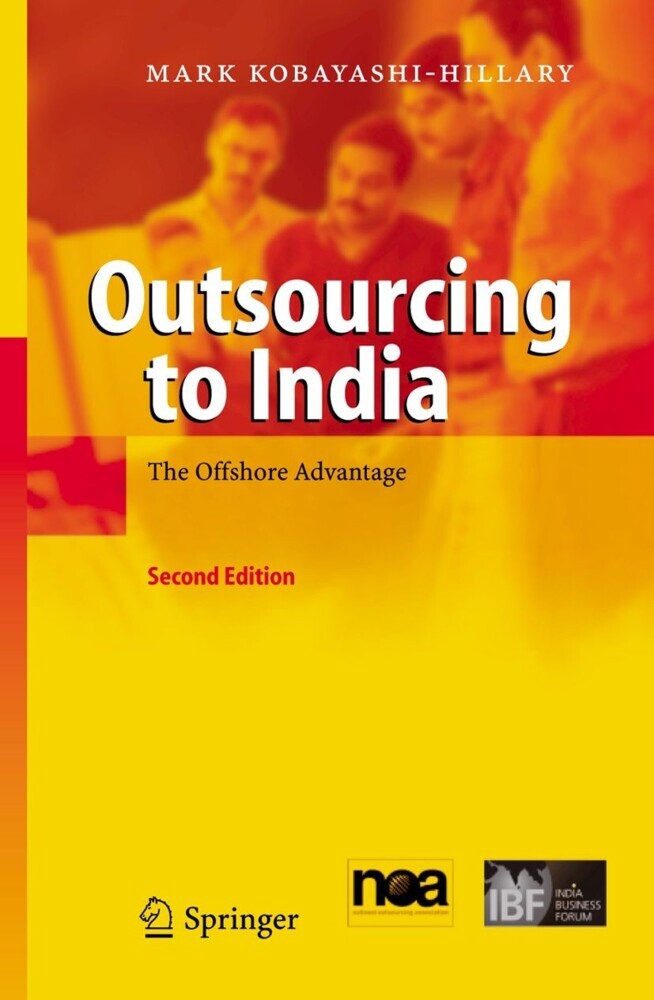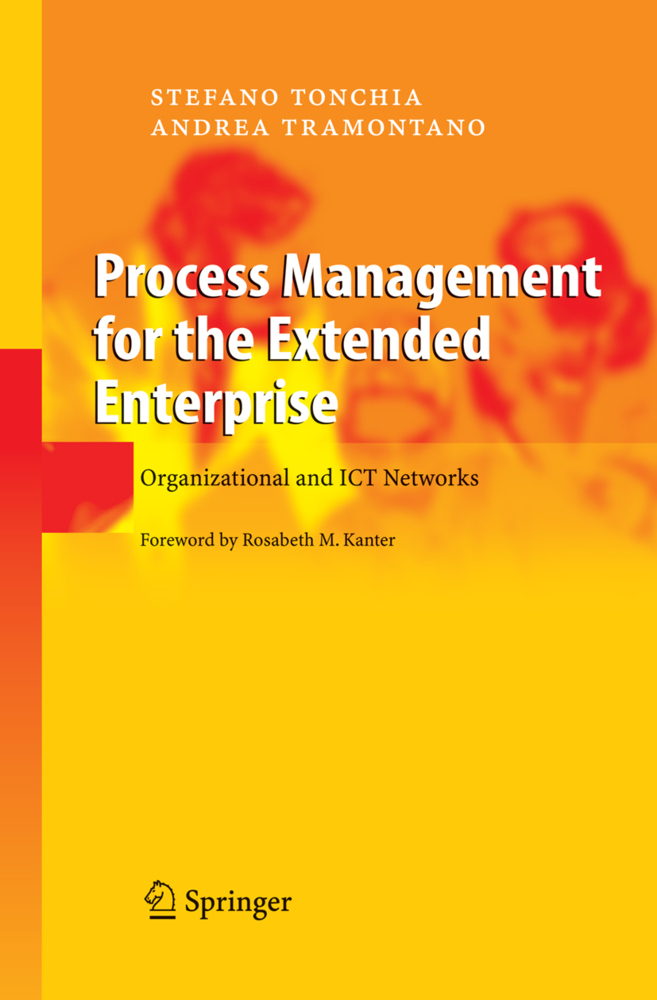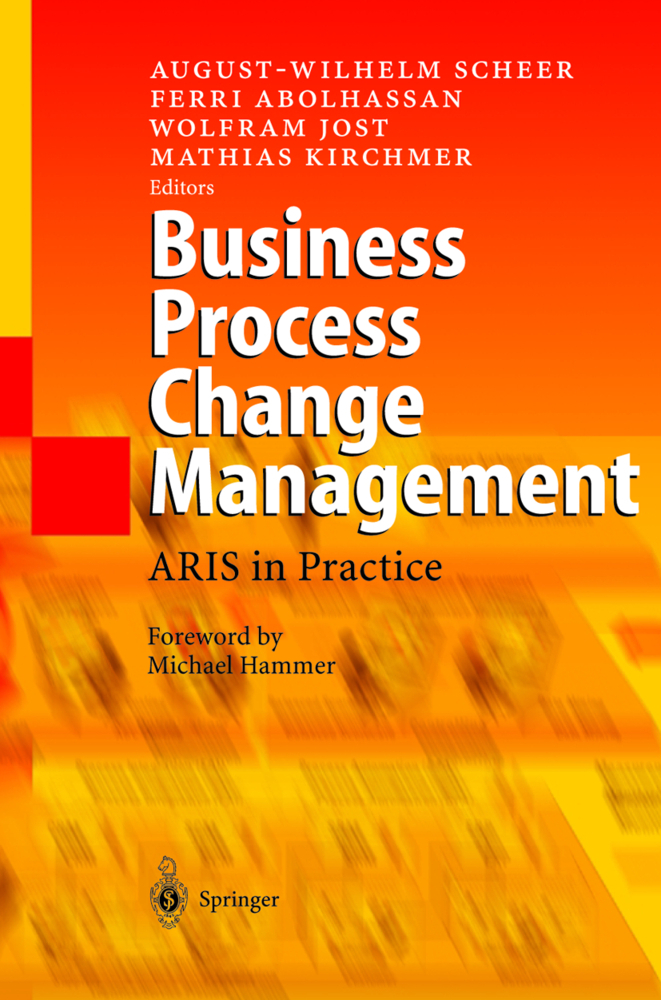The Practical Real-Time Enterprise
Facts and Perspectives
The basic idea of the real-time enterprise is to become quicker. A business which wants to become a real-time enterprise has to acquire three main abilities:- Internal and external data is integrated quickly and in real time in a well-organized company data pool,-Analyses of information in the company data pool can be obtained in real time, across function boundaries and at the touch of a button,- The number of working steps performed in batch mode is shifting dramatically in favor of immediate completion in real time. The issue of communications - or real-time communications - plays a special role here. Studies have shown that processing times sometimes double when necessary communication events are handled in batch mode in the business process and not in real time. In other words, when an activity cannot be completed and lies around for days because an urgently needed partner cannot be contacted.The necessity of acquiring these three abilities has implications for the process-related, technical and organizational aspects of a business that are dealt with in detail in this book.
1;Foreword;8 2;Content;12 3;The Real-Time Enterprise Facts, practices and prospects;16 4;I. Business processes in modern companies;26 4.1;Inter-company business processes and e-collaboration;28 4.1.1;Global corporate cooperation;28 4.1.2;Inter-company process from the perspective of integration;31 4.1.3;Beyond acceleration - Cost advantages from e-business solutions;34 4.1.4;Required standards and technologies;38 4.2;Business process management in real-time companies;44 4.2.1;Step 1: Internal business processes;45 4.2.2;Step 2: Inter-company business processes;48 4.2.3;Step 3: Business process networks;51 4.2.4;Conclusion and outlook;57 4.2.5;Bibliography;58 4.3;Michael Meyer;60 4.4;Competitive response: a new lens for evaluating company performance;72 4.4.1;Competitive responsiveness;73 4.4.2;Competitive response model;77 5;II. Typical examples from industries;86 5.1;Building the Real-Time Enterprise at DaimlerChrysler;88 5.1.1;A global operation;88 5.1.2;Bridging the gap between core processes;90 5.1.3;Real-time communications in manufacturing;91 5.1.4;Sales and marketing;93 5.1.5;Real-time employees;93 5.1.6;Future developments: expanding the Real-Time Enterprise;95 5.2;Real-time-oriented service architectures in the airline sector;96 5.2.1;Introduction or: 'On the ancient Greeks, Mack the Knife and a horse that does not eat cucumber salad';97 5.2.2;Integrated communication processes using Lufthansa as an example;99 5.2.3;And now?;104 5.3;The Extended Enterprise - Economic integration in real-time;110 5.3.1;Adaptation to new company structures;110 5.3.2;Environment within individual industries;112 5.3.3;Electronics industry;113 5.3.4;Automotive industry;117 5.3.5;Consumer goods industry;119 5.3.6;Chemical/Pharmaceutical industry;122 5.3.7;New integration platforms as the basis of the real-time extended enterprise;124 5.3.8;On the path to the real-time company: Coalescence of the real and virtual worlds;124 5.4;Strategic perspectives for the hotel industry;128 5.4.1;Growing requirements of guest service;128 5.4.2;Increasing the brand loyalty of hotel guests;129 5.4.3;Efficient infrastructure as a basic requirement;129 5.4.4;Modified investment model;130 5.4.5;Trend towards real-time communication;130 5.4.6;Advanced hotel solutions for guestrooms;132 5.4.7;Advanced hotel solutions for public areas;132 5.4.8;Advanced hotel solutions for conference areas;133 5.4.9;Advanced hotel solutions for back office/administration areas;133 5.4.10;Hotel Palafitte: the future has arrived;134 6;III. Technological networking;138 6.1;Technical networking;140 6.1.1;Building blocks for integrated and personalized communication;140 6.1.2;Introduction;141 6.1.3;Integrated communication;141 6.1.4;Personalized communication;144 6.1.5;Technical conditions;145 6.1.6;Personalized communication process;154 6.1.7;Summary and outlook;158 6.2;Designing more productive business processes with convergent networks;160 6.2.1;Introduction;160 6.2.2;Designing more productive business processes with convergent networks;161 6.2.3;Modern communication networks;162 6.2.4;Communication networks of the future;168 6.2.5;Unified user domains;174 6.2.6;Summary;177 6.3;QoS Architectures and Resource Management in the Intranet;180 6.3.1;QoS mechanisms;186 6.3.2;QoS Architectures;190 6.3.3;Discussion;199 7;IV. Technical process support;206 7.1;Business process evolution in real-time;208 7.1.1;Switching to the future;209 7.1.2;Manage change or die;209 7.1.3;Automation in the way?;210 7.1.4;Outsourcing: cut costs, lose control;211 7.1.5;Business process evolution;212 7.1.6;Implications of web services;213 7.1.7;Enterprise services architecture;214 7.1.8;Proving our point;215 7.2;I&C Technologies for a Real-Time Enterprise (RTE);216 7.2.1;Enabling technologies for a Real-Time Enterprise (RTE);217 8;V. Enterprise security;252 8.1;Secure mobile business solutions for real-time enterprises;254 8.1.1;Introduction;254 8.1.2;Mobile business processes;256 8.1.3;Company security;262 8
| ISBN | 9783540273677 |
|---|---|
| Artikelnummer | 9783540273677 |
| Medientyp | E-Book - PDF |
| Auflage | 2. Aufl. |
| Copyrightjahr | 2005 |
| Verlag | Springer-Verlag |
| Umfang | 560 Seiten |
| Sprache | Englisch |
| Kopierschutz | Digitales Wasserzeichen |

